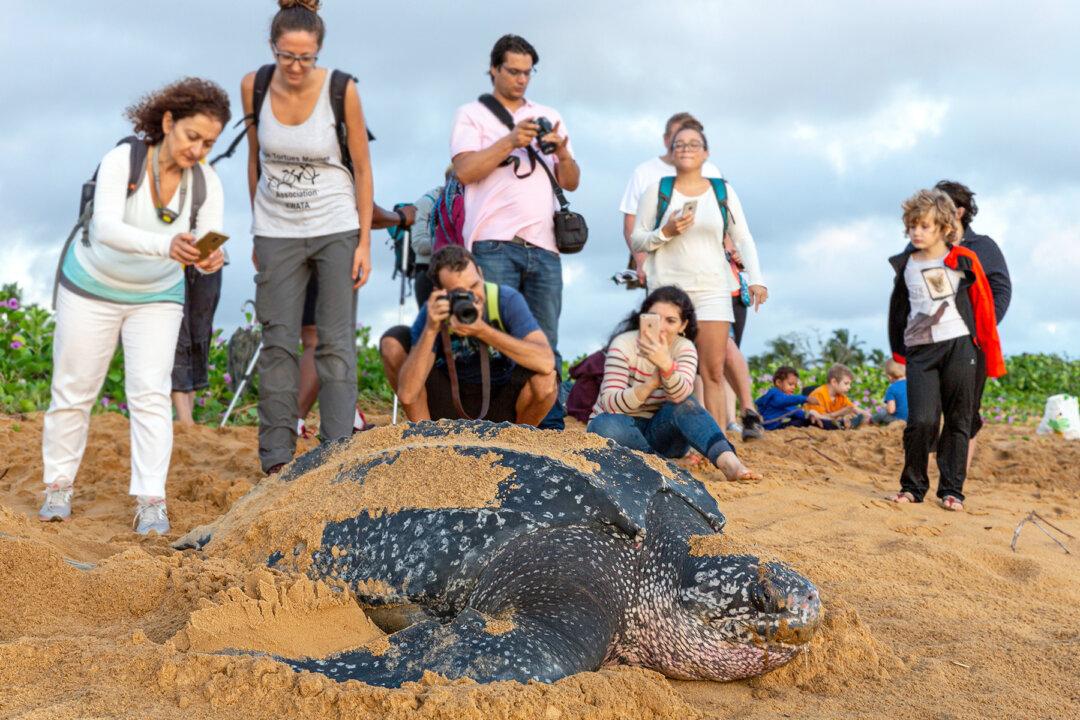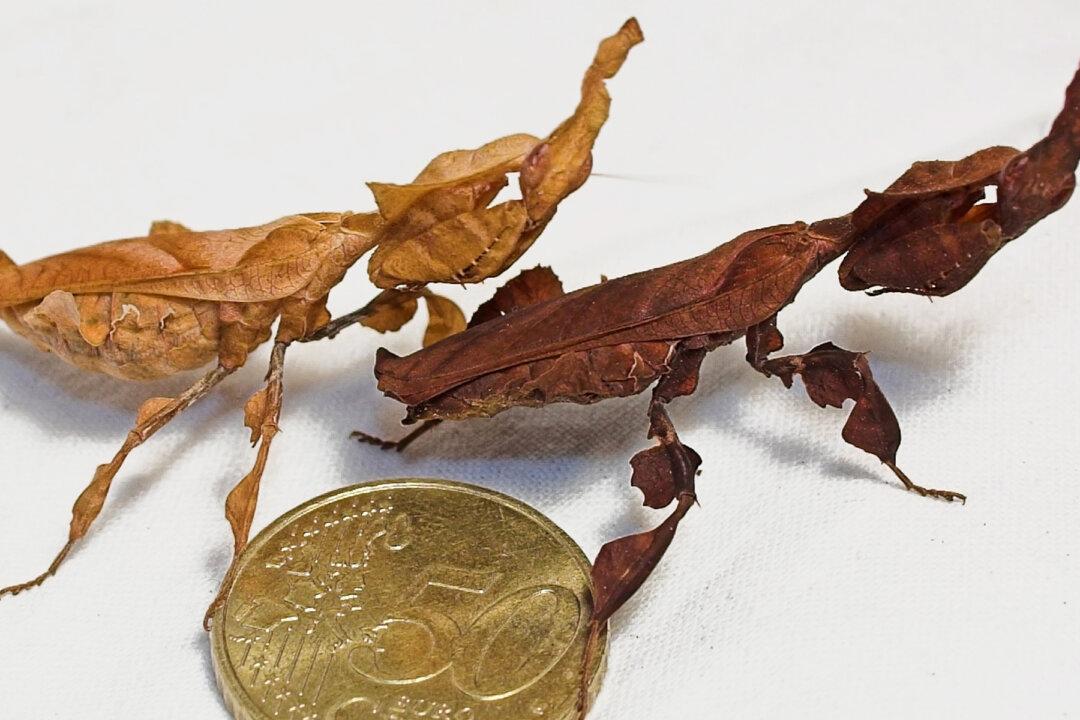There was joy in Thailand and around the world as the season’s first leatherback turtle, the world’s largest sea turtle, came ashore on the island of Phuket to lay its eggs on Jan. 10, 2020. Villagers saw the enormous sea creature come on to the beach and reported the event to their village chief.
Leatherback sea turtles are uniquely large and a widely distributed species, ranging in habitat from the Pacific to the Atlantic, and often migrate over long distances to chase their food sources and lay their eggs.




